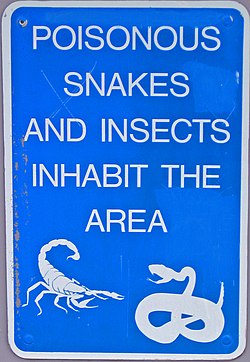Safety
Definition and Scope of Safety:
- Safety originates from the Latin word ‘salvus’ meaning uninjured or in good health.
- Safety encompasses protection against external harm and ensuring internal installations are secure.
- It is defined by public codes, standards, designs, and operational plans.
- While security and safety are related, security focuses on protecting against internal and external threats to maintain an organization’s purpose.
Types and Categories of Safety:
- Different types of safety include normative safety meeting design and construction standards, substantive safety with a positive real-world safety history, and perceived safety based on user comfort and risk perception.
- Products can be categorized as meeting safety standards, feeling safe, or being truly safe.
- Perceived safety can influence regulations and behaviors.
Risks, Responses, and Safety Measures:
- Safety aims to reduce risks of death, injury, or property damage.
- Interventions like engineering solutions, regulations, and insurance address safety concerns.
- Safety measures include chemical analysis, destructive testing, drug testing, and activities by specialists to minimize physical stress or increase productivity.
- Measures like geological surveys, industry regulations, and system safety engineering ensure safety.
Standards Organizations and Compliance:
- Various standards organizations like ASME, T√úV Rheinland, ANSI, CEN, and EFSA set safety standards and frameworks.
- Accreditation Bodies authorize third parties for compliance inspections.
- Government agencies like the FDA, EPA, and European Commission mandate compliance with safety standards.
- Compliance with safety regulations is crucial in different regions like the United States, European Union, and other countries.
Global Safety Standards and Certifications:
- Organizations like ISO, British Standards Institution, and national safety organizations in countries like Canada and Germany set safety standards.
- Testing laboratories worldwide provide safety certifications.
- Notified or Competent Bodies conduct safety testing to ensure products meet international standards.
- Safety certifications play a vital role in ensuring product quality and compliance with global safety regulations.
Safety (Wikipedia)
This article needs additional citations for verification. (July 2010) |
Safety is the state of being "safe", the condition of being protected from harm or other danger. Safety can also refer to the control of recognized hazards in order to achieve an acceptable level of risk.

GD Garage Door Service MN • 651-373-0970
